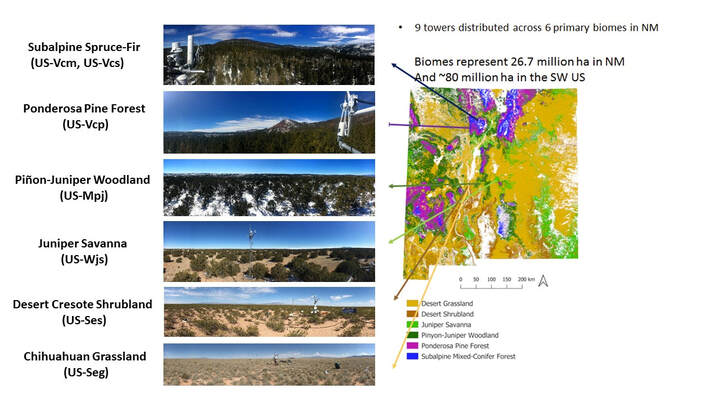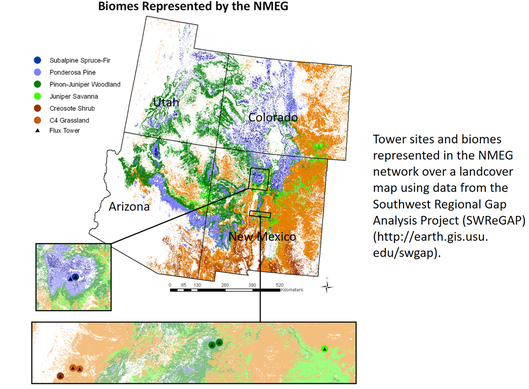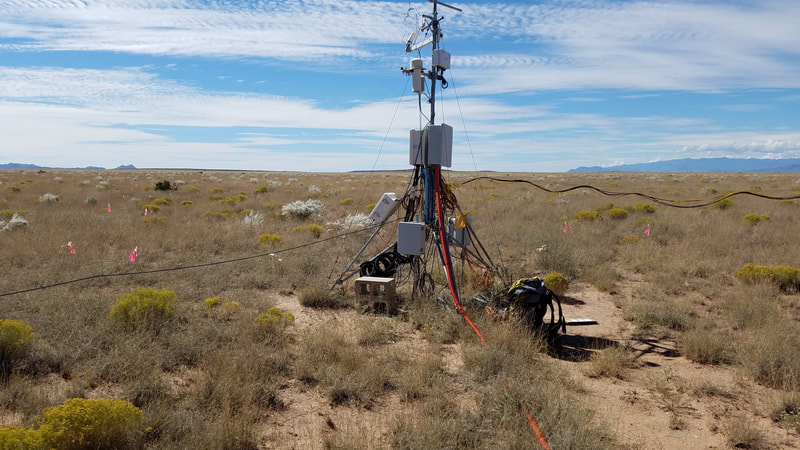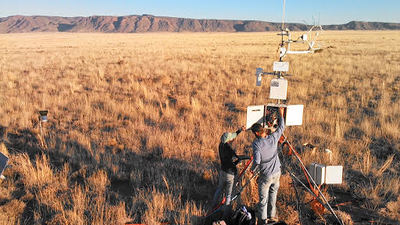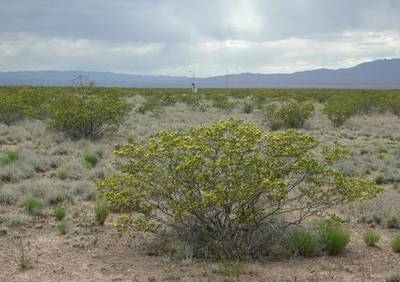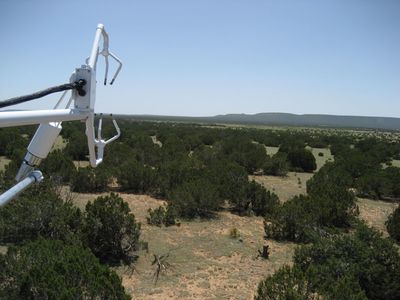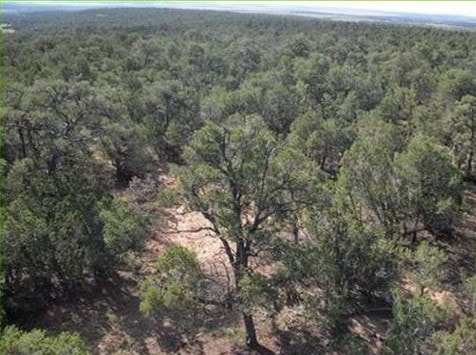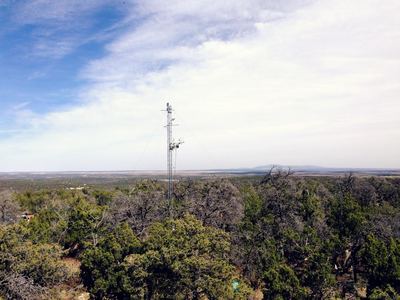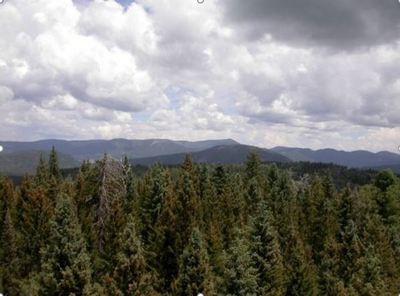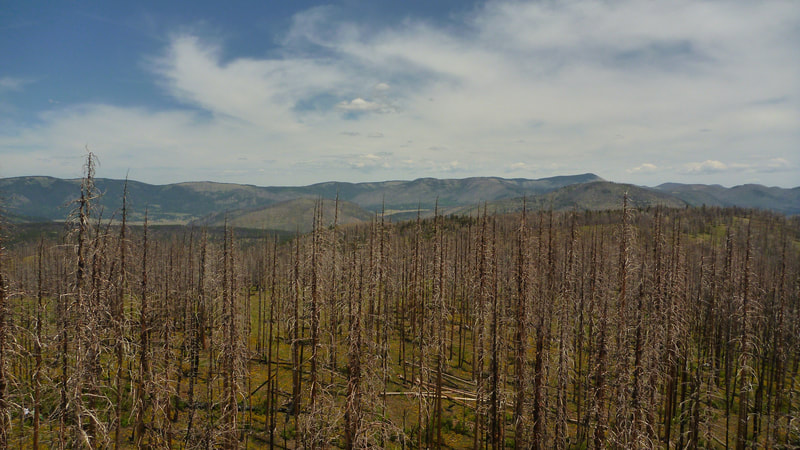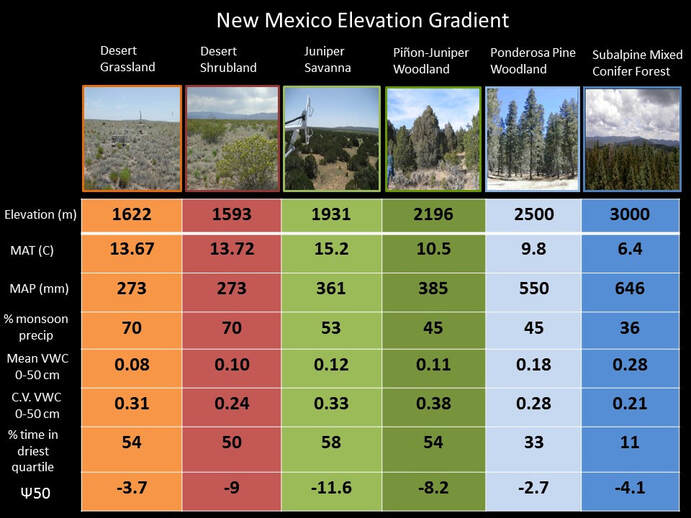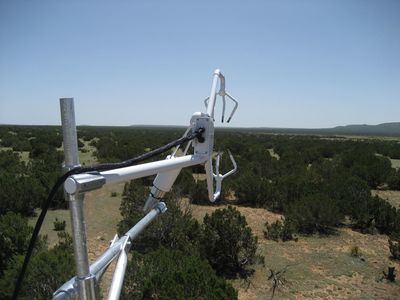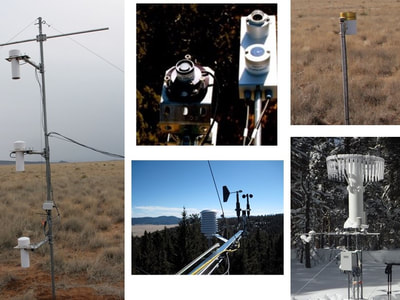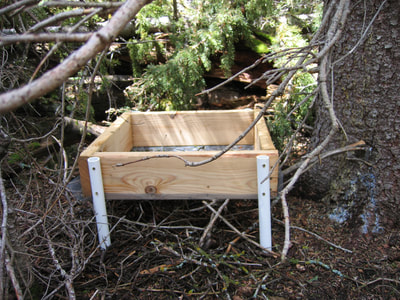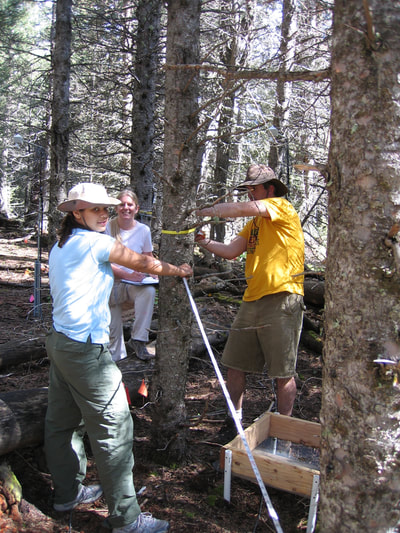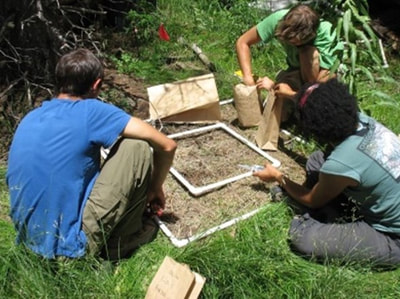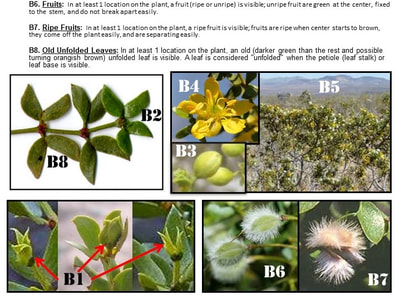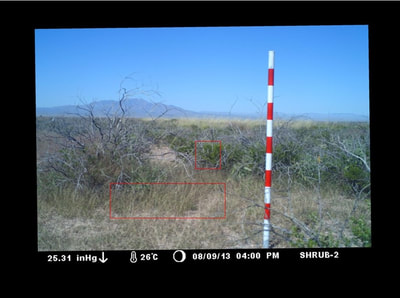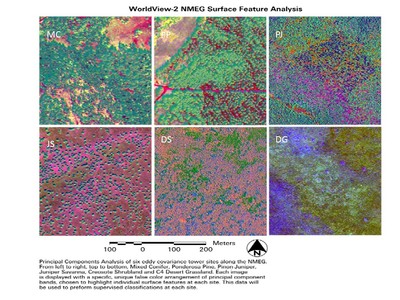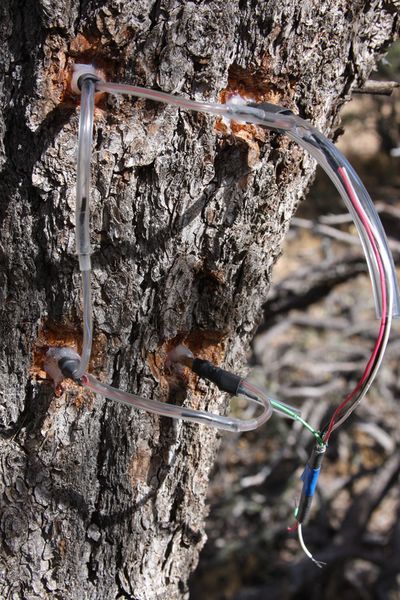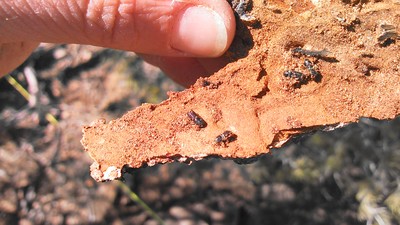New Mexico Elevation Gradient of Flux Towers
Funding: DOE, Ameriflux Management Project Core Site Funding since 2013, prior funding since 2007 from NASA, NSF, USDA, DOE
Research Team: Marcy Litvak (PI), Tomer Duman, Anthony Luketich, Rachael Auer
Objective: We are using a network of nine eddy covariance flux tower sites that my lab group runs, distributed across a 1500 m gradient in elevation, climate and land cover that we refer to as the New Mexico elevation gradient (NMEG) to examine dryland ecosystem processes. These towers have been operational since 2007 and are distributed in 6 biomes: C4 dominant grassland, creosote shrubland, juniper savanna, piñon‐juniper woodland, ponderosa pine forest and subalpine mixed conifer forest, which collectively represent about 55% of the land cover of the 4 corner states in the Southwestern US. Seven of these towers are Ameriflux core sites funded through the Ameriflux Management Project and have been since 2013. We are now going on 16 years of data across this gradient. We have taken advantage of climate-related disturbances so prevalent across the Southwestern U.S. in the past two decades to examine the consequences of insect mortality and fire for ecosystem processes. The continuous multi‐year observations across this network have allowed us to quantify the mechanisms regulating carbon, water and energy exchange across this wide range of semi‐arid ecosystems (e.g. Anderson‐Teixera et al. 2011), as well as more detailed mechanisms focusing in on ecosystem processes in one or more sites (e.g. Petrie et al. 2014, 2015; Breecker et al. 2012; He et al. 2010, D’Odorico et al. 2010, Stielstra et al. 2014; Perdrial et al. 2014; Harpold et al. 2015; Molotch et al. 2009). More info on all these sites available by watching the YouTube video Steven Crisp put together, clicking on pictures of each biome below, or from links off of the New Mexico Elevation Gradient header, or the Ameriflux web page link below.
Click on the pictures below to get more information on each site
Measurements across the gradient
Interesting Links
